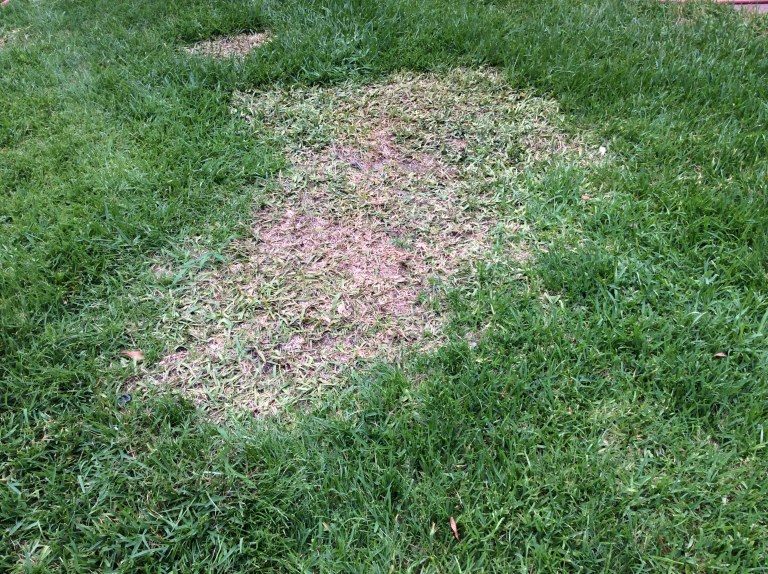If your lawn is showing symptoms of this disease (see last week’s blog), you can treat with Disease EX fungicide with the active ingredient Azoxystrobin. Or treat organically by top dressing with Peat Moss in the Fall followed by Natures’ Blend Compost in the Spring. If you suspect any problems with your lawn, we can diagnose and help find the right solution. Watch Wyatt’s video on how to collect a grass sample.
Better than your average email.
The Gill Garden News
Sign up for the Gill Garden News, our weekly e-newsletter! Each Thursday at 6pm, you’ll receive the Garden News direct to your inbox, packed with a weekly gardening blog, garden tips, weekly in-store specials, updates about events, and lots more.



Diane Baker says
How heavy do I apply the peat moss?
james gill says
1 bale 3.8 cu. ft. per 1000 sq. ft. of bed area
Michaela Hill says
How does peat moss work?
James Gill says
Canadian peat moss is highly acid, and the take-all organism replication is inhibited by the low pH.
Tara Buffington says
Hi Gills.
My question is:
Is there another way to treat Take-All patch. I stopped using the product 4yrs ago as it’s non-sustainable and non-renewable. It takes peat bogs tens-of-thousands of years to grow and I find that I can no longer justify using the product just to have a green lawn or even for use in moisture retention.
I have a few areas in my lawn that are bald of grass but growing weeds, so any advice you can offer on an alternative plan and best practices for Take-All that do NOT involve the use of peat would be greatly appreciated.
Thanks.
Jesse Jenkins says
Hi Tara – yes, there are certainly issues with using peat. If you’re looking for another organic and more sustainable solution, you can top dress with Nature’s Blend Compost about 1/4″ deep. Or you can treat chemically with a fungicide. Or best of all, you can replace lawn areas with native plantings!
James Gill says
If you have too much shade, it may be impossible to grow grass. Raleigh is the most shade tolerant, so you could buy a piece of that, cut it into squares 6″x6″, dig a shallow planting hole, put in just a little Natures Blend compost beneath and on top. If you keep it watered properly and it is spreading in a few months, you’re good. Topdress that area spring and fall with compost to maintain. If it is not growing and spreading, consider planting horseherb, a more shade tolerant native groundcover.